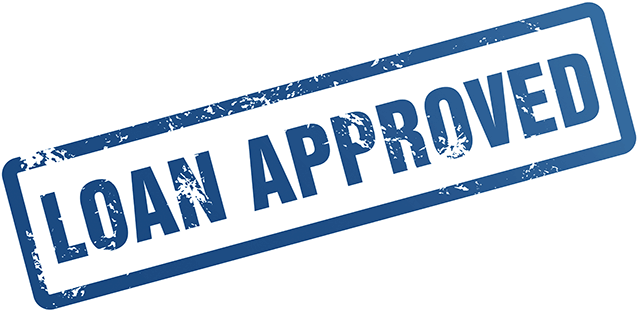What Makes USDA Mortgage Loans Appealing?
Chances are you associate the United States Department of Agriculture (USDA) with things such as food safety, plant inspections, and food pyramid. What most people are not aware of is that this government body is also tasked with rural development.
The United States Department of Agriculture believes that urbanizing rural areas helps create better life quality and strong communities. One of the ways they achieve this is by providing guaranteed home loans to low and moderate-income families. These loans are best referred to as USDA mortgage loans.

But Exactly What is a USDA Mortgage Loan?
A USDA mortgage loan is a home loan that makes buying homes more affordable in rural areas. The USDA backs these loans similar to how the Department of Veterans Affairs backs VA home loans for veterans and their loved ones. This backing means that lenders can provide lower interest rates and there’s no need for a down payment.
USDA Mortgage Loans key Benefits
USDA home loans are very appealing for low to moderate-income families in rural areas due to an array of reasons including:
No Down Payment is Needed
Almost every type of mortgage requires a minimum down payment. This can vary between 2.5% to 20% depending on the type and other factors such as credit score, employment history, income level, debt-to-income ratio, and much more. However, with USDA mortgage loans, you don’t have to put any money down.
This lifts off a huge burden for aspiring homeowners as they do not have to fret about raising the required down payment. Such a benefit keeps more money in your pocket, which you can spend on moving costs and other expenses that come with buying a home.
Relatively Lenient Borrowing Terms
As mentioned above, there are certain things a potential lender needs to assess before they can give you a home loan. With USDA mortgage loans, the requirements are usually more forgiving compared to conventional loans, especially when it comes to credit score. As a matter of fact, there is no set range of credit that applicants have to fall within.
As long as you meet the eligibility requirements, like those involving location, employment history, and income, there is a chance you will get approved even with a poor credit score. However, a higher credit score will always be better than a lower one.
As such, you’ll want to take the necessary steps in order to boost your credit score before applying for any kind of mortgage. Keep in mind that all lenders will ask to review your credit history in order to assess your ability to repay. So, make sure you are well prepared. For more information on what affects your credit score and how you can improve it, do not hesitate to get in touch with a professional financial advisor or a mortgage broker.
Spend Less on Mortgage Insurance
Most home loan options call for private mortgage insurance, or PMI, which helps protect lenders in case you default on your mortgage. It is also what allows homebuyers with low down payments or equity to get a house despite the lack of adequate savings.
However, USDA mortgage loans do not have any PMI requirements. Instead, they feature upfront and annual types of mortgage insurance, which cost way lower than conventional loans or FHA loans.
The Interest Rates are Lower
USDA mortgage loans tend to offer better or lower rates than typical loans, which saves you money as you repay the loan. When you are not spending much on interest, you will have more to spend on your regular expenses or use it for other ventures.
Only Certain Properties are Eligible for USDA Mortgage Loans
Despite the appeal that USDA mortgage loans have, there are specific criteria that the property needs to meet in order to qualify for the loan. The location is one of the primary factors and if you are in a rural area, you can check whether it is applicable by visiting the official USDA’s website.
Apart from the location, there are extra requirements to remember. For instance, the home has to be used as the primary residence, meaning that if you want to invest in a rental property or want a second home, a USDA loan won’t suffice.
In fact, according to the USDA, the property should not include structures primarily used to generate income. So, silos, barns, greenhouses, and livestock facilities used for the production of farming, agricultural or commercial enterprise don’t qualify.
However, there are a few exceptions. Home-based operations like product sales, craft production, or childcare that don’t need specific commercial real estate features aren’t restricted.
Keep in mind that the property needs to have direct access from a driveway, road, or street and feature proper utilities, including water. The standard zoning restrictions should be followed as well.
And there you have it, the benefits of USDA mortgage loans and things to keep in mind when applying.
